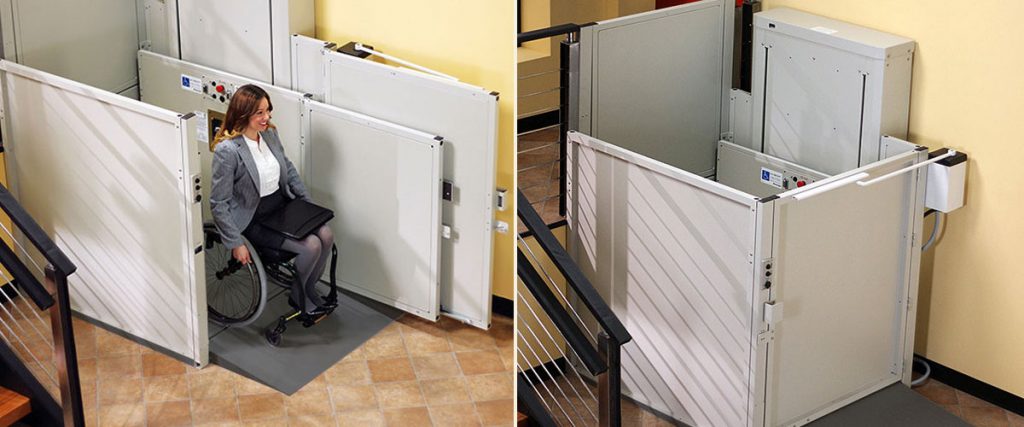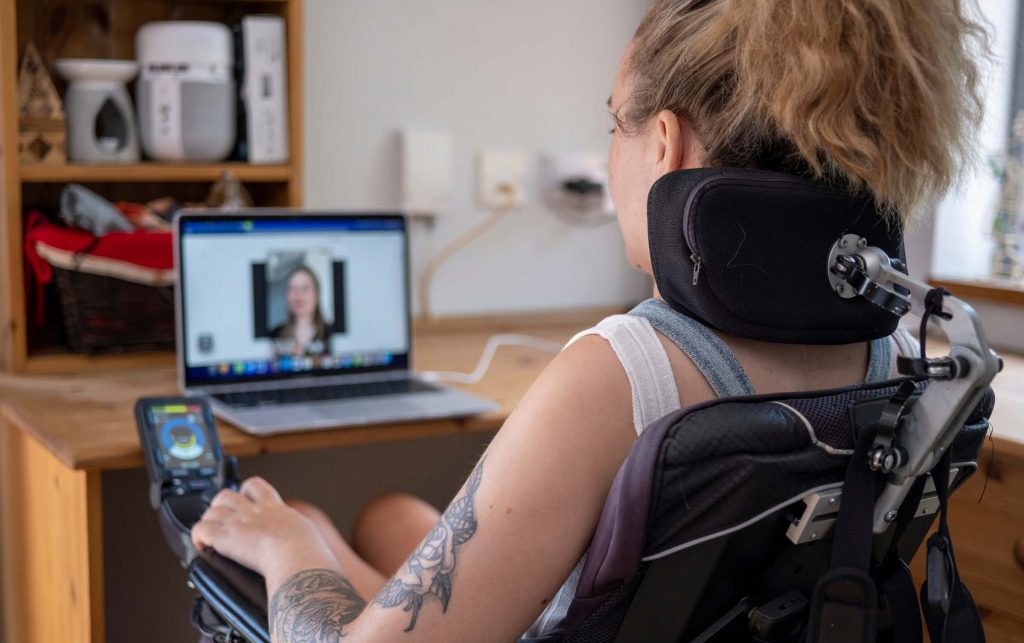Global Wheelchair Lift Market to Generate Around $2.6 Billion By 2023

Wheelchair lifts are specifically designed for use in residential buildings, hospitals, clinics, and in commercial spaces such as shopping malls and offices. These end-users are looking for mobility-friendly commercial wheelchair lifts in public transportation, private vehicles, stairs, and escalators. According to a report from Research and Markets, the global wheelchair lift market is expected to reach around $2.6 billion by 2023 and is anticipated to grow at a CAGR of approximately 10% during the forecast period 2018-2023.
The report divides the market on the basis of automotive lift (occupied lifts and unoccupied lifts), building lift (residential and commercial), power type (electric and hydraulic), and geography (APAC, Europe, North America, Latin America, and MEA).
Key factors and trends that will propel and transform the growth of the global market are
- The dynamic governmental policies and the effect of these regulations on various vital retail sectors, including healthcare, travel, and consumables
- The development of innovative product offerings that enable the elderly and differently-abled individuals to travel or cover short distances in wheelchairs, crutches, and mobility scooters
- The growing focus on personalized designs and growing efforts from various government and private organizations
- The increasing adoption of advanced mobility equipment by the disabled and geriatric population due to better awareness
- The development of efficient chairlifts that offer easy mobility and that can handle heavier loads with two arms to support
- The use of stair lifts powered by hydraulic or electric energy
- The proliferation of Medicare, universal health schemes, private insurance, and lucrative reimbursement policies
- The growing incidences of obesity, spinal cord injuries, and lifestyle diseases in developed countries
The market is segmented on the basis of automotive lift (occupied lifts and unoccupied lifts), by building lift (residential and commercial), by power type (electric and hydraulic), and by geography (APAC, Europe, North America, Latin America, and MEA).
Development of customized and hassle-free lifts will boost sales in the automotive wheelchair lift market. By automotive lifts the market is classified into
- occupied (single-post split platform, standard dual-post platform, and under vehicle lifts (UVLs)) and
- unoccupied lifts (outside lifts, inside lifts, and hybrid lifts)
Occupied lifts are the most preferred as these offer wheelchair users ease of access while entering the vehicle and it is projected to grow at a CAGR of around 11% during the forecast period. The leading vendors in this segment are BraunAbility and VMI. Standard dual-post platform lifts and UVLs have more stability compared to single-post split platform.
The building lift segment is divided into
- residential (vertical platform lifts (VPLs) and inclined platform lifts (IPLs))
- commercial (VPLs and IPLs)
The residential sector is estimated to grow at a CAGR of over 8% during the forecast period. Residential platform lifts provide an accessible solution for differently-abled or recuperating individuals to negotiate the architectural hurdles in the location. The different models available in the residential lifts segment are – enclosed, shaftway, stage, and opal. North America followed by Europe are leading regions propelling the demand for products in the residential segment in the wheelchair lift market.
Hydraulic powered lifts are expected to dominate the market in the future. By power type, the market is categorized into electrical and hydraulic. Owing to factors such as robust steel construction and high lifting capacity, the hydraulic power lifts segment is projected to grow at a CAGR of more than 9% during the forecast period. These lifts require a lowered floor or a raised roof to enable sufficient headroom for users to ride safely, securely, and comfortably inside the chair. Commercial end-users are the largest consumers of these lifts in the global market. The high maintenance and expensive nature of hydraulic lifts will pave the way for electrical lifts during the forecast period.
Geographically, the market is classified into APAC, Europe, North America, Latin America, and MEA. North America is anticipated to grow at a CAGR of around 10% and occupy the largest market share during forecast period. The growing preference for automobiles and smart tech in the American market is fueling the demand for platform lifts in this region. The exponential economic development is attracting investors, improving employment opportunities, and increasing disposable income, leading to increase in purchasing power of end-users. The US and Canada are the largest revenue generators in the North American market.
The key countries profiled in the report are: U.S, Canada, UK, Germany, China and Japan. The major vendors in the global market are: BraunAbility, Bruno Independent Living Aids, Cibes Lift Group, Garaventa, Harmar, Ricon, Savaria and Thyssenkrupp. The top players with a wide range of mobility devices, portfolios or extensive distribution and service network are occupying the largest market share in the region. Leading vendors are developing stair lifts especially for long distance travels, wherein vehicles need to be customized to accommodate and carry a wheelchair or a mobility scooter easily. The rise in the number of innovative products driven by modular development with emphasis on safety and space optimization will help players gain a larger share in the global market.
Other prominent vendors referred to in the report are ACA Adaptation Automobile, ACME Home Elevator, Adaptive Engineering Inc., AmeriGlide, AMF-BRUNS, Arealift by Vertico Group, Arrow Lift, Ascension by AGM Container Controls, Les Escalateurs Atlas, Autoadapt, Autochair Ltd, Autolift, BC lift A/S, Bramalea Elevator Ltd., Butler Mobility Products, D.I.D – Daido Kogyo Co., Discount Ramps, Elap Mobility, Extrema SRL, EZ Carrier, EZ-Access, Faboc Due Srl, and Federal Elevator Systems Inc.
To purchase wheelchair lifts, contact National Seating & Mobility for efficient installation as well as post-purchase support related to testing and maintenance.
More Stories
Related Articles
Back to School with Confidence
Navigating the Transition from Summer to School for CRT Users It’s back-to-school season, and the transition from a relaxed summer schedule to the more structured…
CRT Repair: Resolution, Repair & the Heart of the Matter
The Mobility Management podcast interview sheds light on the multifaceted challenges and urgent need for reforms in the repair and maintenance of Complex Rehab Technology…
Tips for Traveling with Your Wheelchair
Planning an upcoming trip? Perkowski, Morris and Lengel all suggested a few steps you can take to protect your wheelchair while flying. To learn more…


